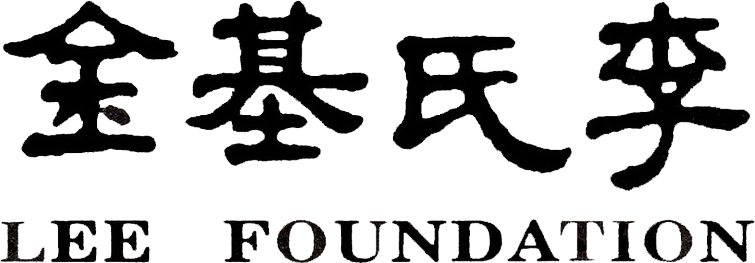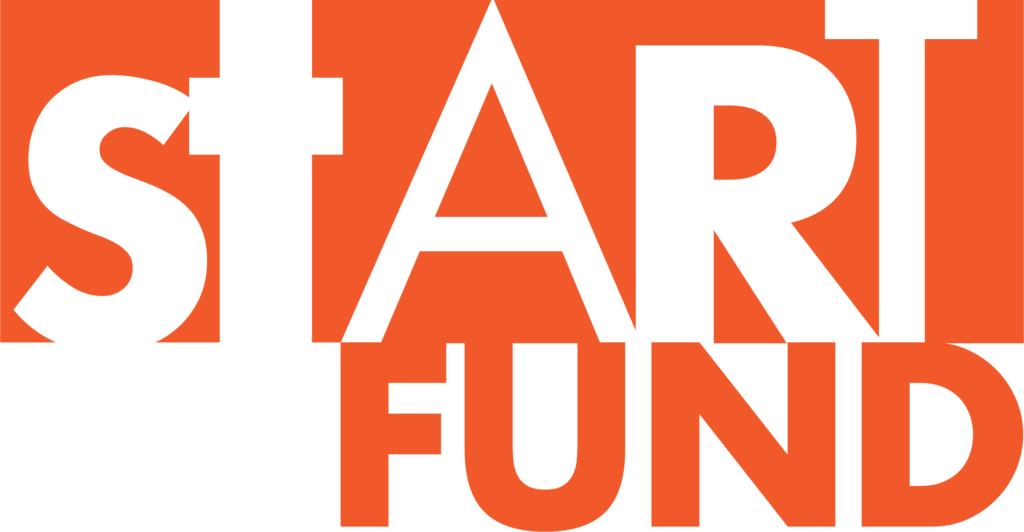By Naatyaachaarya V.P.Dhananjayan

A lesser known treatise on Naatya is Nandikeswara’s BHARATAARNAVA. Another work Abhinaya Darpana is also attributed to Nandikeswwara – a practical theory text in vogue, taught and applied in today’s Bharatanaatyam . As you all probably know, the theoretical application of Nandikeswara’s Abhinayadarpana started with the establishment of Kalakshetra, where Naatya Saastra and Abinayadarpana became an integral part of curriculum . Now of course every school of Bharatanaatyam makes it a point to teach Abhinayadarpana to an extent , if not Naatya saastra. All serious students of Naatya, with professional interest pursue the study of all theoretical aspects of Naatya and several of them have done research and obtained Phd-Doctorate in Natya theory.
Though knowingly or unknowingly Bharatanaatyam practitioners use certain appropriate Karanas for delineating Abhinaya or emotions. AS you all probably know Bharata’s Naatya sastra is the ultimate reference treatise for all performing art forms including stage dramas like Kalidasa’s Shakunthalam, and the later editions of texts are mainly based on the mother book, more or less an extension of the main text.
In Naaryasastra the main thrust is on the 108 Karanas , with categorisation of Nritta karana (for dance in general) yuddha Karana ( combat postures & movements) and niyuddha Karana (acrobatics like in Kalarippayattu , Tai Chi, Karate etc)
(NS SAYS : hasta pada samaayuktho Nruttasya karanam bhaveit — a combined movement of hands and feet is nruttakarana. “Nrutei yuddhai niyuddheicha tathaa gati parikrame. karanani prayoktavyam – Karanas are used in Nrutta, yuddha (war) and niyuddha (small combats) depiction in Naatya presentations.
Coming to the Nrutyakarana or Abhinayakarana, which are more explicitly described in the Bharataarnava treatise let me throw little light on the subject. matter. Naatyasastra generally talks about the mandalas(postures) and movements for Abhinaya, but Nandikeswara in Bharataarnava expounds further with details for each and every gesture and emotions.
Abhinaya means -carrying forward-that is, communicating the meaning of the poem or song consisting of meaningful words. Instead of simply emoting through the face — known as ‘uttamaangaabhinaya- combining certain postures ,positions and movements, accentuate the actual communicative aspects. For example, the movements of Fish, or bee or butterfly or river Or samudra etc could easily communicate the object even to a lay audience.
In common parlance Bharatanaatyam artistes and their Rasikas believe or are made to believe that “abhinaya” is only through face and total ‘Angika’ (consisting of) – anga prathyanga , upaanga prayoga – usage of complete body language is not needed or essential for ‘bhaava prakatanam’. In the Sadir or Devadasi tradition they focused only on facial expressions and not incorporating the full Aangikaabhinaya or Naatyadharmi mode of communications or presentation. Following the Kathakali method and finding the roots from Treatise, Rukminidevi in Kalakshetra, in consultation with scholars, reintroduced the Nrutya karanas or Abhinava karanas while delineating or interpreting ‘padaarthaabhinaya(word meaning) and vaakyaarthaabhinaya (a spoken sentence).
Bharataarnava prescribes Mandala staanas (positions) and Abhinaya karanas for each and every ‘hastha’ & mudra. A physical demonstration would make it more clear to the onlookers.
It is apparent that we need to renegotiate structures in our personal and professional lives to make sense of a post-COVID-19 world. The challenge to transform demands holistic action from us – as people and as artistes and, in this article, I look at the world of dance in particular.

All said and done Bharata being a visionary has envisaged evolutionary changes and creativity in the generations to come (Bhavishyatascha lokascha sarvakarmanusaadhakam) .
Bharatarnava further suggests Abhinaya karanas for objects with no sentiments or emotions like ‘sthavara’ ( tree, mountain, river, ocean, ball ,vessel, cart etc) and ‘jangamas’ like all kinds of animals and objects with life. Naatya saastra elucidate
“ Aakritya cheshtaya chinnai jatyaa vignaya vasthuta ha
Swayam vitarkya karthavyam hastaabhinayam budhaihi” Meaning: According to the form, behaviour, categories (animal or human or objects) intellectuals could create their own mudras and abhinaya karanas. Movements in rhythm of animals such as elephant, horse , monkey, tiger, lion, ball game, Birds, spiders, wolves , jellyfish, submarines , rockets etc can be effectively portrayed with the help of Nrutya karanas.
We can also show cricket or any other games, Flying, Etc in naatya. So the saastra has given us liberty to create and expound according to necessity . As the saying goes, necessity is the mother of invention. So over the years creative artists have evolved new gestures, new karanas to suit the requirements of the changing time.
Naatya Saastra or the science of dramatics consists of all aspects of aesthetic art forms including pure dance, expressional movements, Sangeetam or music, drama, architecture, sculptures, Yoga etc. So the word Naatya is a comprehensive term for all aspects of theatrical art forms.
“Na tat silpam na tat janam, naasaa vidya na saakalaa, naasow yogo natat karma Naatyesmin ya na drishyatei” This verse from Bharata’s Naatya Saastra
justifies that “Naatya” is the most appropriate term to denote all our theatrical arts forms, classical dramas included. So naatya can be defined as a combination of Nrutta(pure dance movements in rhythm) , Nrutya ( nrutta and abhinaya combined) drama (story telling).
Article by Naatyaachaarya V.P.Dhananjayan, Founder/President, Bharatakalanjali, Chennai.









